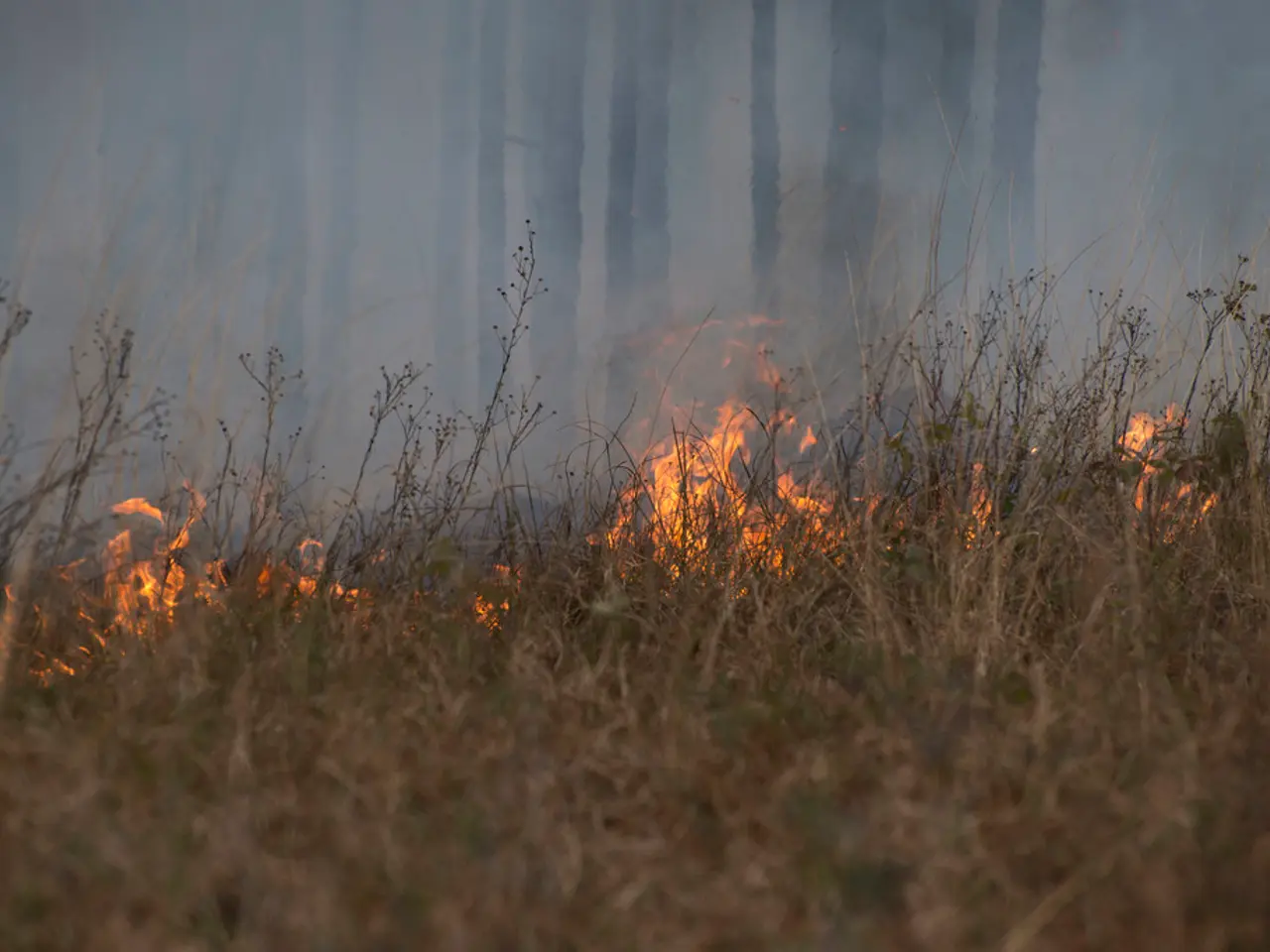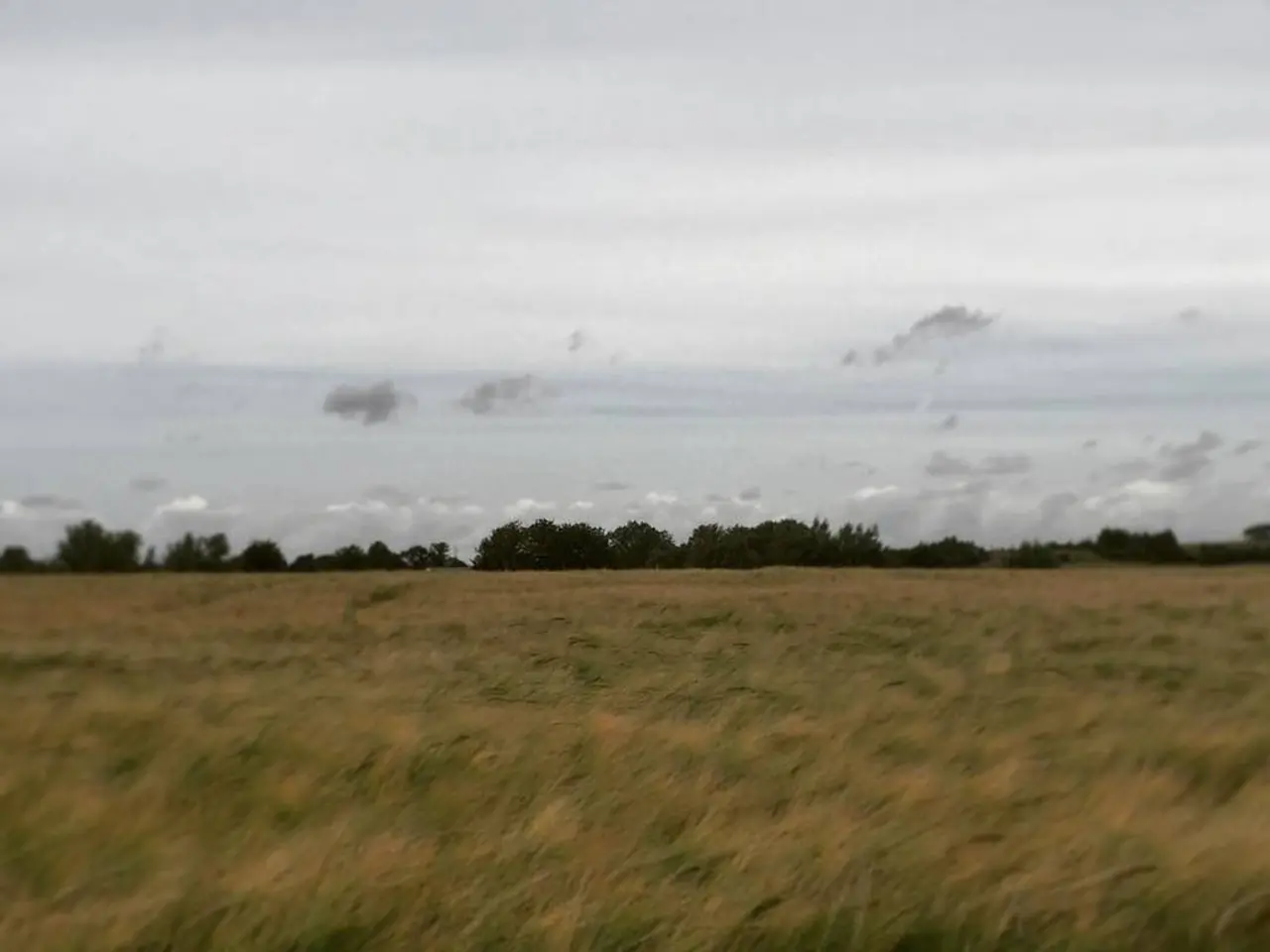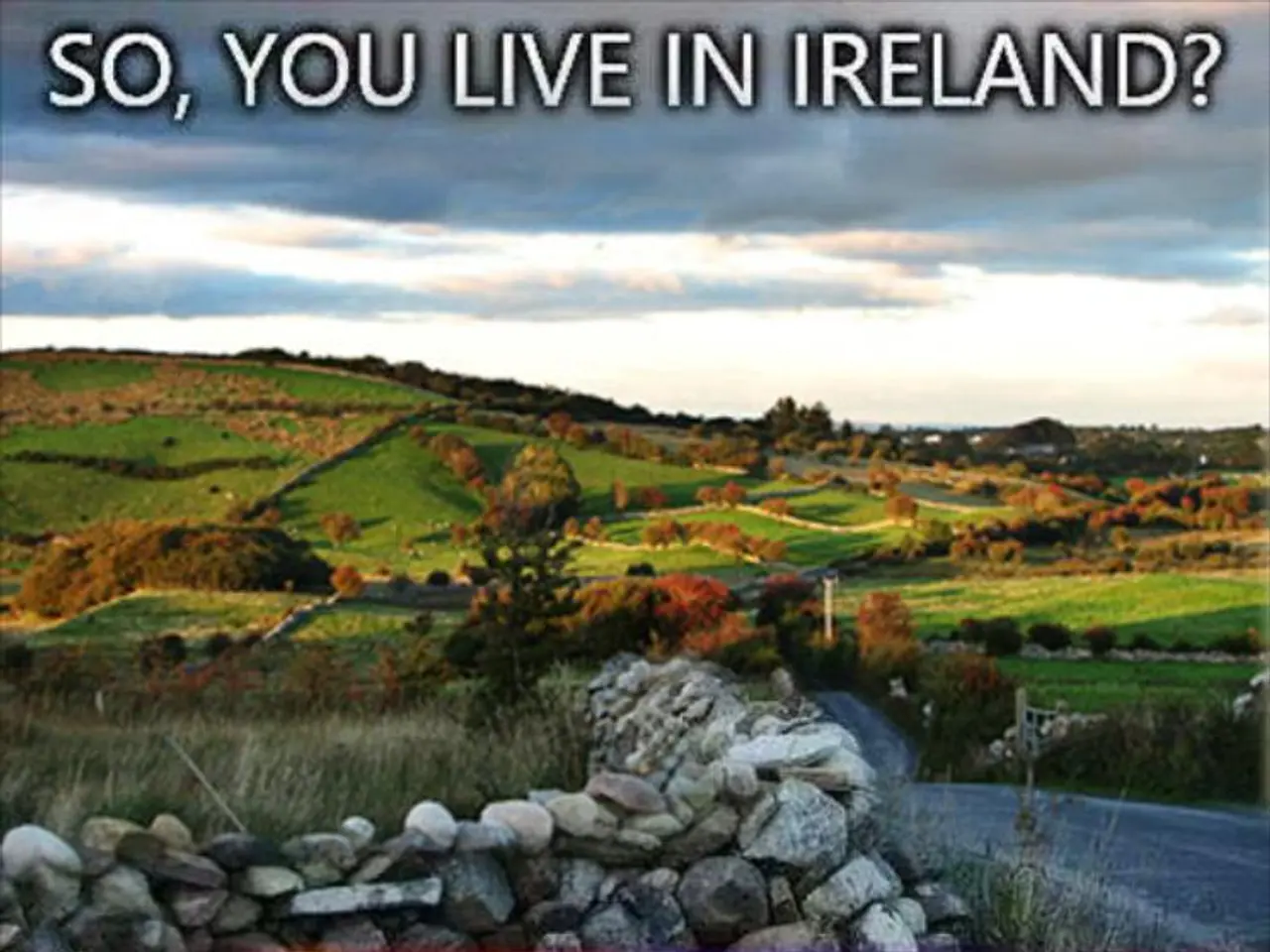Fire in Gohrischheide: Extended uncertainty regarding the scope and impact - Fire Outbreak in Gohrischheide: Clarification on the spread and aftermath remains elusive
The Gohrischheide wildfire, currently raging in eastern Germany, has become a significant challenge for authorities and emergency services. This wildfire, classified as the largest in Saxony in recent decades, has engulfed approximately 2,100 hectares (5,190 acres) of forestland, causing extensive damage to the local ecosystem and forcing hundreds of residents to evacuate due to danger from flames and smoke [1].
Firefighters and emergency personnel have been working tirelessly for over a week to combat the blaze. The heatwave and dry conditions have made firefighting efforts challenging, with the potential for strong winds adding to the complexity [1][3][4]. Despite these difficulties, firefighters have been hopeful for relief from weather changes such as rain showers, although light rainfall so far has not been sufficient to control the fire [1][3][4].
The cause of the Gohrischheide wildfire remains unknown, with self-ignition ruled out. Authorities are conducting a police investigation to determine the cause, but as of now, no conclusive determination has been made [1].
The impact of the fire extends beyond the immediate destruction of forestland. The Gohrischheide nature reserve, a significant natural area, has been severely affected. The exact consequences of the fire in this reserve will be determined by employees in the coming days and weeks [2].
Georg Ludwig von Breitenbuch, the Forest Minister of Saxony, has praised the "highly professional" fire-fighting efforts. However, he emphasises the importance of fire prevention following the Gohrischheide wildfire. Given the current drought and forest fire risk in Saxony, he urges caution [1][5].
The extent of the fire is still unknown due to smaller fires and hotspots that need to be extinguished. Once these are under control, officials will have a clearer picture of the damage caused by the wildfire. A complete removal of munitions from the affected areas is not feasible for cost reasons [2].
In the aftermath of the active firefighting, the local fire department and Saxon Forestry will provide follow-up care. Three cisterns installed in the area after previous fires in 2022 and 2023 were "invaluable" during the recent firefighting efforts [6].
Looking ahead, the topic of road network in Gohrischheide is a subject for future prevention. Due to its former use as a military area and resulting munitions contamination, the road network is limited [7].
State Forest President Utz Hempfling explains that foresters will take over the fire watch. As the fire is gradually brought under control, the focus will shift towards prevention and recovery efforts [8].
Rain can speed up the process of vegetation recovery, but the exact rate depends on factors such as the speed and intensity of the fire. Experts expect rapid revegetation of the burned areas, but the specific timeline will be determined in the coming days and weeks [4].
In conclusion, the Gohrischheide wildfire remains a severe disaster in eastern Germany due to its unprecedented size in recent decades, the ongoing firefighting challenges, and the ecological and social disruption it is causing. Weather conditions remain a critical factor in controlling and eventually extinguishing the blaze. Authorities continue their investigation into the fire's origin while prioritising containment and resident safety [1][2][3].
References: [1] https://www.bbc.com/news/world-europe-62542309 [2] https://www.dw.com/en/germany-fires-in-eastern-germany-could-burn-for-weeks/a-61914716 [3] https://www.reuters.com/world/europe/germany-wildfire-rages-eastern-region-2023-05-20/ [4] https://www.dw.com/en/germany-fires-rain-could-help-extinguish-wildfire-in-eastern-germany/a-61918420 [5] https://www.dw.com/en/germany-wildfire-in-eastern-germany-spreads-to-2000-hectares/a-61913888 [6] https://www.dw.com/en/germany-fires-in-eastern-germany-could-burn-for-weeks/a-61914716 [7] https://www.dw.com/en/germany-fires-rain-could-help-extinguish-wildfire-in-eastern-germany/a-61918420 [8] https://www.dw.com/en/germany-fires-in-eastern-germany-could-burn-for-weeks/a-61914716
- The Commission could submit a proposal for a directive on the protection of the environment, focusing on wildfire prevention and management, given the ongoing crises like the Gohrischheide wildfire.
- Scientists studying environmental-science could provide valuable insights into the impact of climate-change on the frequency and severity of wildfires, helping authorities plan for future prevention and response strategies.
- The weather forecasting agencies should closely monitor the weather patterns in the region, especially during heatwaves, to provide early warnings and aid firefighters in their battle against wildfires.
- While the exact cause of the Gohrischheide wildfire remains under investigation, raising awareness about preventing accidents in forest areas could reduce the risk of similar disasters in the future.








